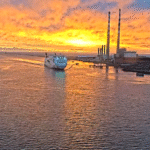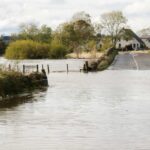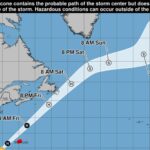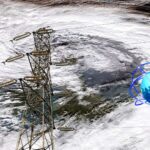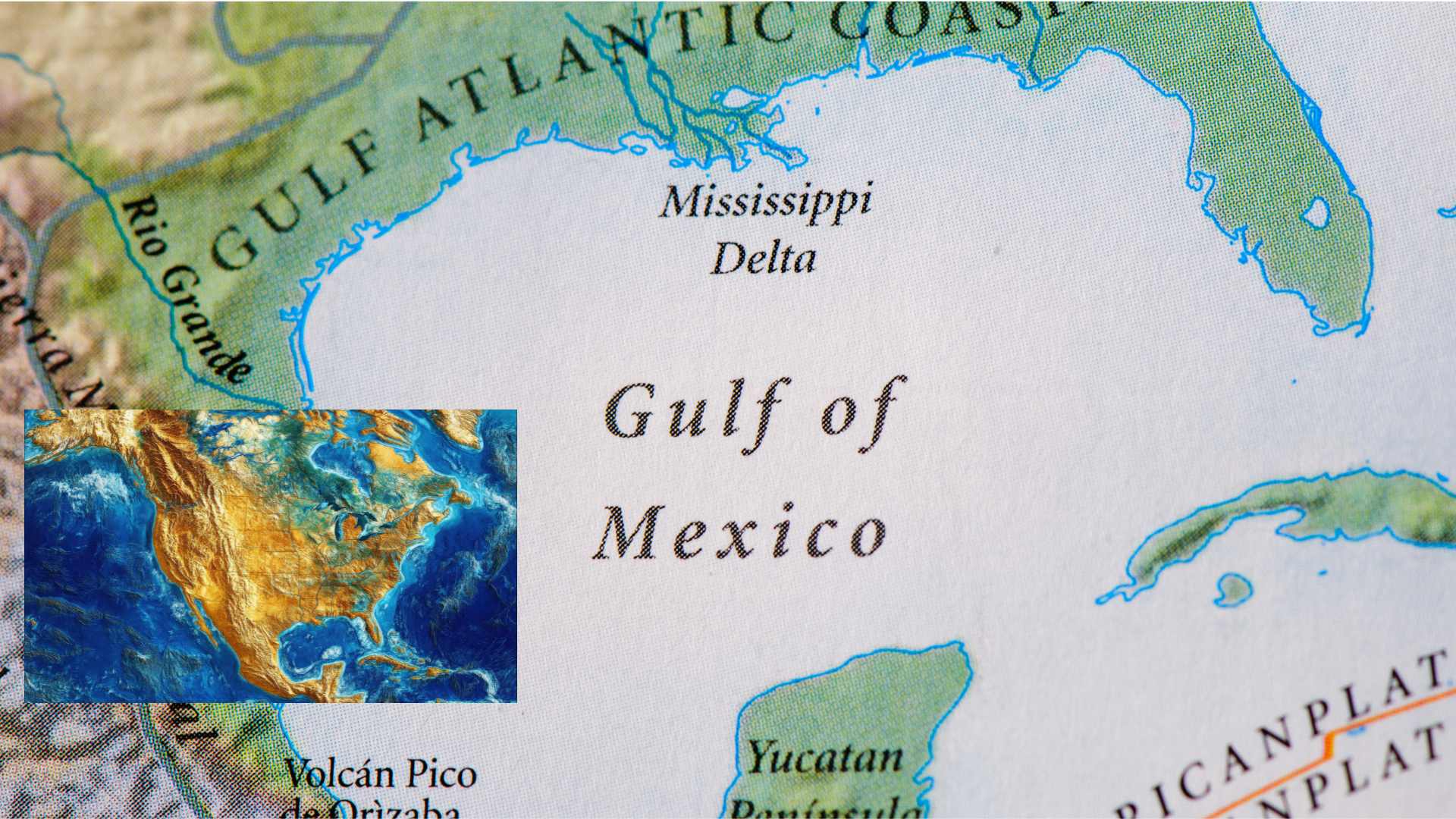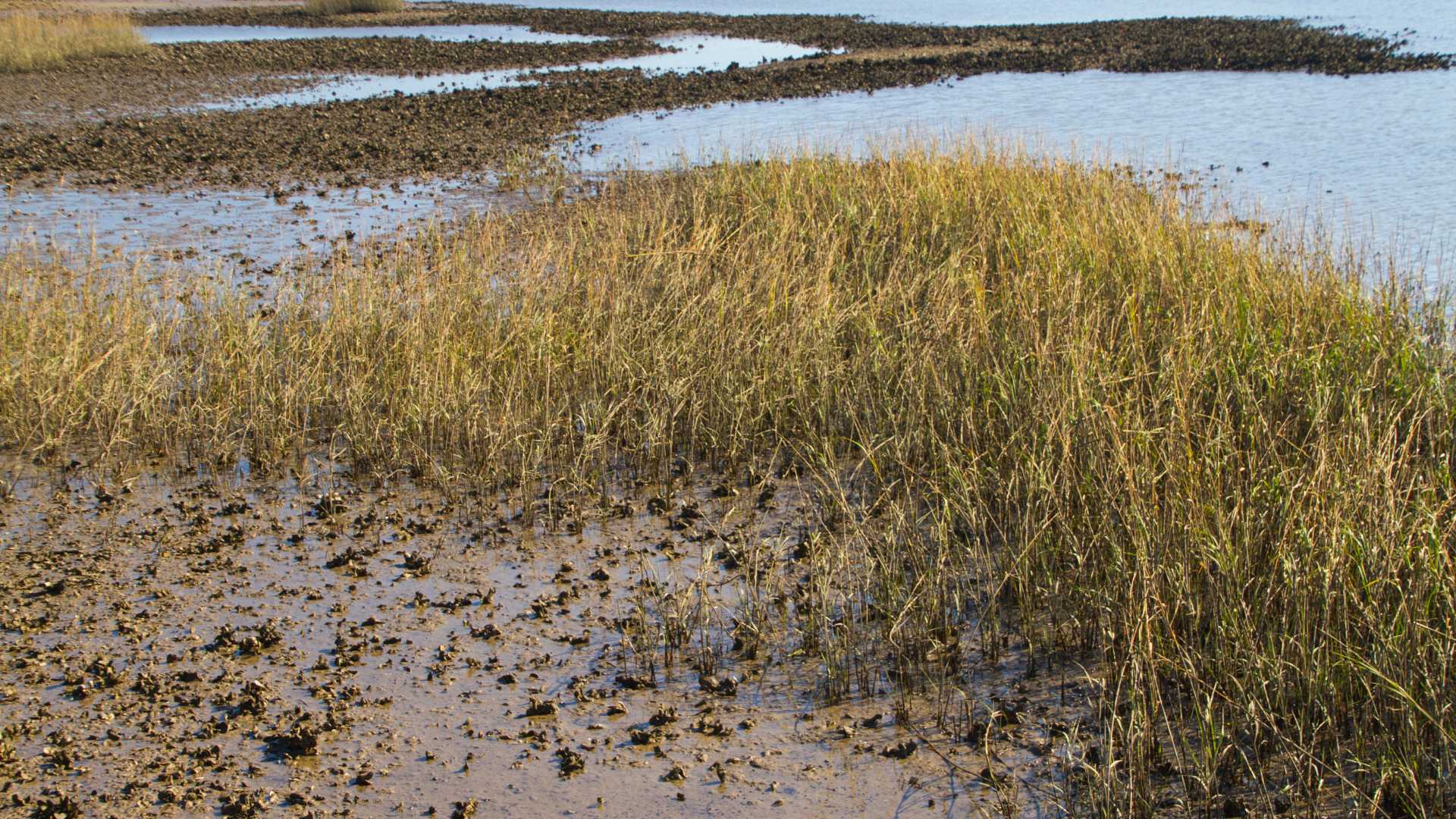
Ancient Iron Shifts Reveal Secrets of Pacific Climate

A new study from the University of Hawai‘i at Mānoa has highlighted the crucial role of iron in Earth’s climate history, revealing how its sources in the South Pacific Ocean have shifted over the past 93 million years.
The research, based on deep-sea sediment cores, offers fresh insights into the links between iron, marine life, and atmospheric carbon dioxide. Iron is a vital nutrient for phytoplankton, the microscopic plants that absorb carbon dioxide, and is therefore central to regulating global carbon levels.
“Although iron’s importance today is clear, we have a limited understanding of how its availability in the past shaped marine ecosystems,” said Logan Tegler, lead author and postdoctoral researcher in the UH Mānoa School of Ocean and Earth Science and Technology.
The team analysed iron isotopes from three sediment cores in the South Pacific, far from continental influences. They identified five main sources of iron: dust, distant ocean sources, two distinct hydrothermal sources, and volcanic ash. The dominance of these sources shifted over millions of years as the sites migrated away from mid-ocean ridges.
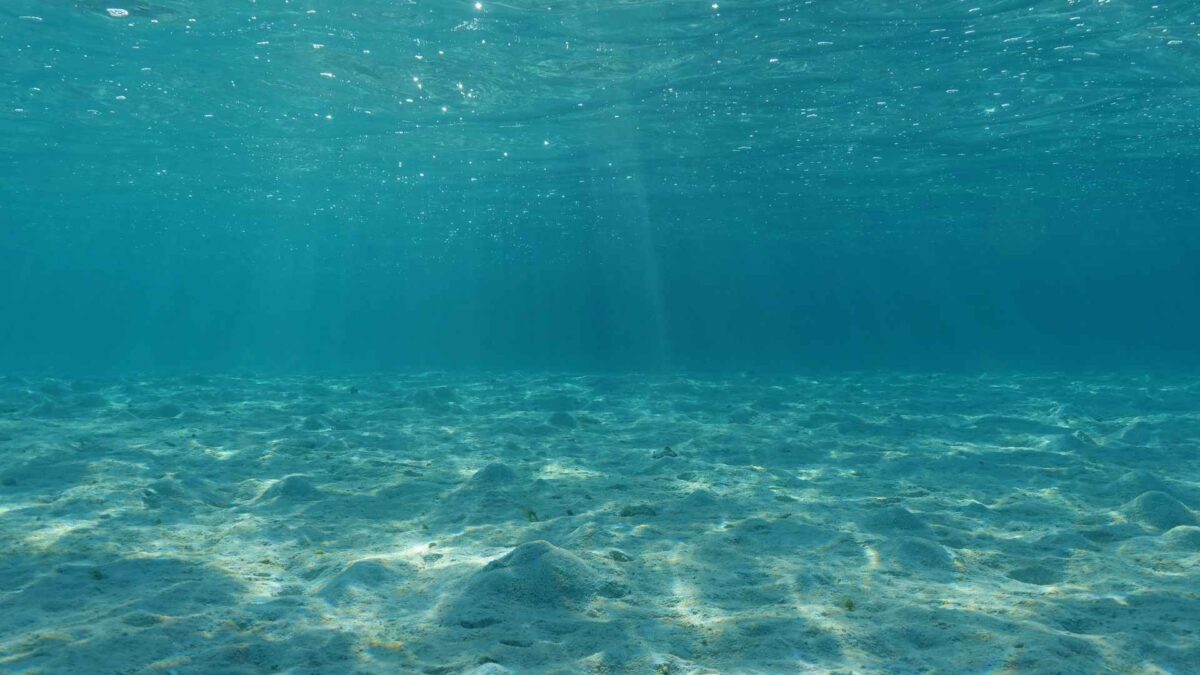
Initially, hydrothermal sources were the primary contributor, but around 30 million years ago, dust took over as the main supplier. “Understanding this history helps us see how iron influenced which microbes thrived,” Tegler explained. “Persistent low-iron conditions, for example, favour species adapted to survive under iron limitation, such as certain diatoms.”
In today’s South Pacific, iron availability limits phytoplankton growth and, in turn, the ocean’s capacity to remove carbon dioxide. Surprisingly, the study suggests that dust deposition in the region is currently higher than at any point in the last 90 million years, despite the area being considered iron-poor.
The findings provide a long-term perspective on iron cycling across the Pacific, offering insights into how essential nutrients shape ocean ecosystems and climate over geological timescales. “With human activities now adding iron to the oceans through industrial emissions and biomass burning, understanding past shifts in the iron cycle is vital for predicting future impacts,” Tegler added.
Share this WeathÉire story:
